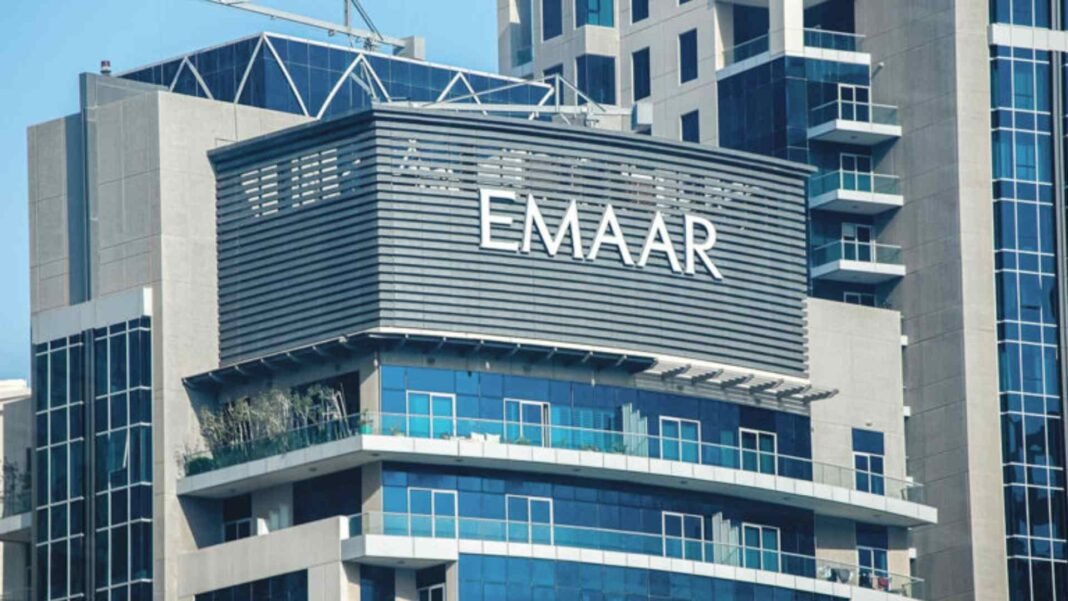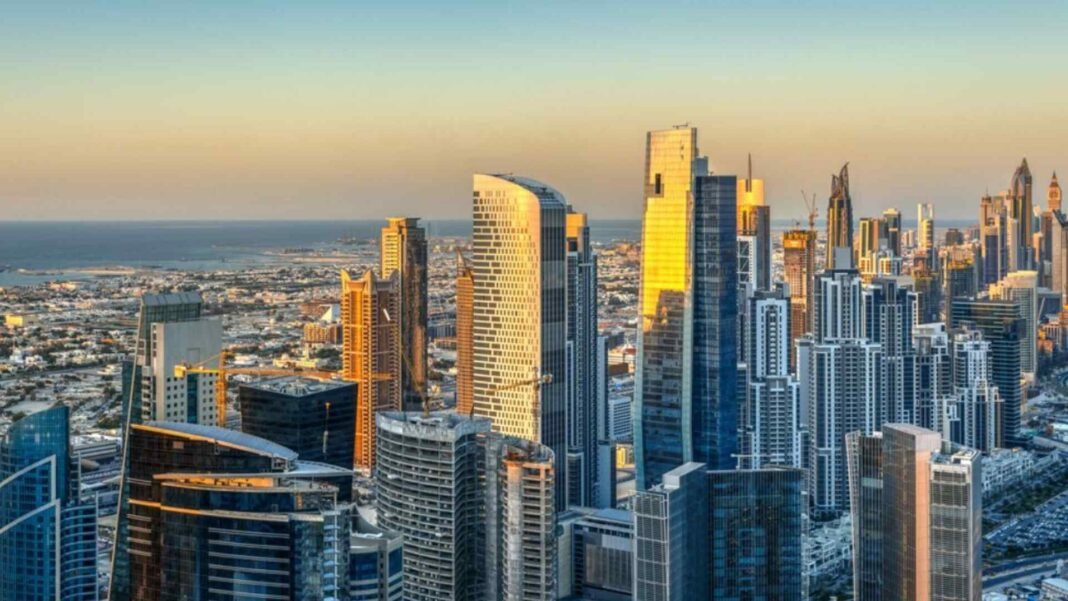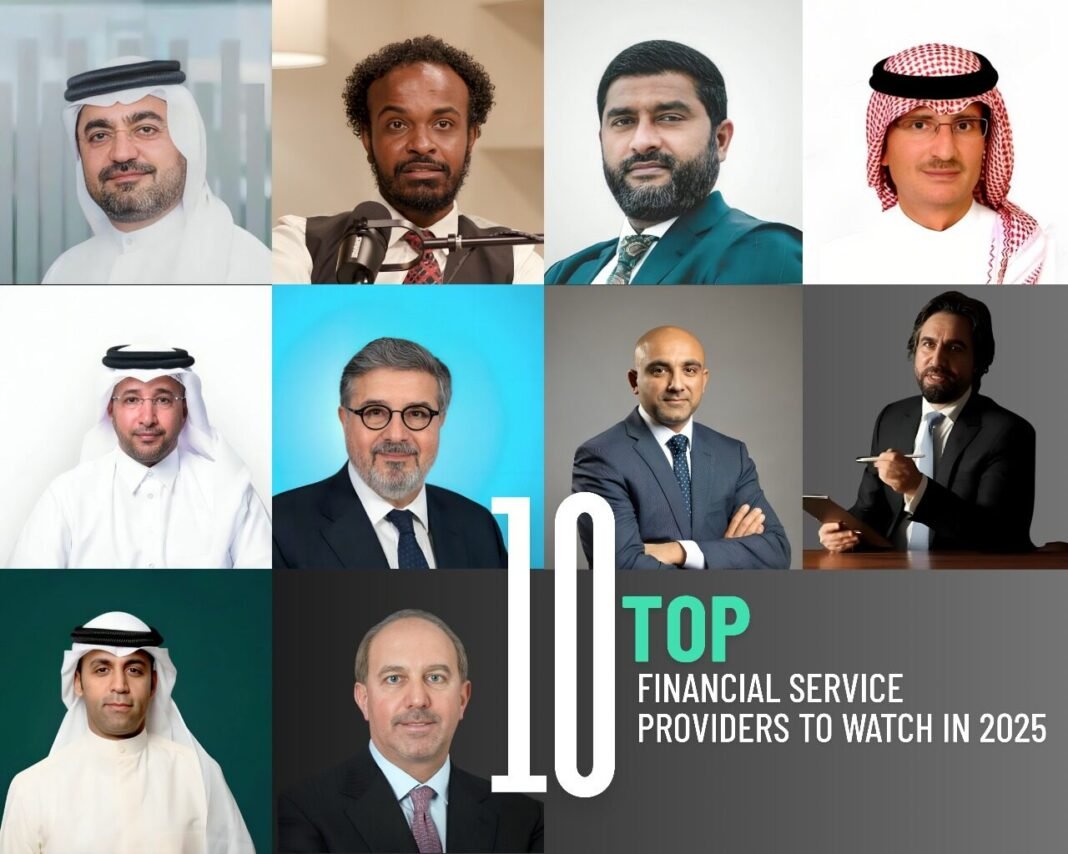property sales have ignited an extraordinary performance at Emaar Properties in the first half of 2025, with a staggering 46% increase compared to the same period last year. This surge underscores renewed investor confidence, robust demand across flagship communities, and strategic expansion across the UAE and beyond.
Record-Breaking Half-Year Results
The company’s half-year property sales climbed to AED 46 billion (about USD 12.5 billion), marking its highest-ever performance in any six-month period. This impressive rise reflects widespread appeal for Emaar’s master-planned developments from Downtown Dubai to Dubai Hills Estate.
Strong Backlog and Revenue Growth
Alongside skyrocketing sales, Emaar’s revenue backlog leapt by 62% year-on-year, reaching AED 146.3 billion (USD 39.8 billion) by the end of June. This massive backlog offers strong visibility into future revenues and earnings, underpinning long-term financial confidence.
Consolidated revenue grew by 38% to AED 19.8 billion (USD 5.4 billion), powered by both development and recurring income streams. The company also recorded EBITDA of AED 10.4 billion (USD 2.8 billion), a 30% year-on-year increase with margins exceeding 52% a remarkable sign of operational strength.
Equally notable, net profit growth before tax reached AED 10.4 billion (USD 2.8 billion), up 34% compared to H1 2024. Moody’s and S&P responded by upgrading Emaar’s credit ratings to Baa1 and BBB+ respectively, both with stable outlooks reflecting improved financial standing.
Emaar Development – Core Momentum
The development arm, Emaar Development, remained the growth engine. It posted H1 2025 property sales of AED 40.6 billion (USD 11.1 billion), up 37% year-on-year, supported by 25 new project launches. Revenue from UAE development rose 35% to AED 10 billion (USD 2.7 billion), while net profit before tax jumped 50% to AED 5.5 billion (USD 1.5 billion). Consolidated UAE development revenue reached AED 13.5 billion (USD 3.7 billion), a 50% boost, with UAE project backlog growing 50% to AED 128.6 billion (USD 35 billion), a sign of sustained pipeline strength.
Recurring Revenue & Retail Stability
Beyond development, Emaar’s malls, leasing, hospitality, and entertainment divisions contributed solidly. Revenue from shopping malls and leasing assets increased 14% to AED 3.2 billion (USD 871 million), with EBITDA climbing 18% to AED 2.8 billion (USD 762 million). Mall occupancy stood at an impressive 98% as of June 30.
Global Expansion & Hospitality Gains
International property sales more than tripled to AED 5.3 billion (USD 1.4 billion), driven by projects in India and Egypt. International revenue increased 26% to AED 1 billion (USD 272 million), representing about 5% of total H1 revenue.
The hospitality, leisure, and entertainment segment also delivered, generating AED 2.1 billion (USD 572 million) amid hotel occupancy of 80%, up from 78% last year. The company added two new hotels with over 600 keys to its portfolio during H1.
Emaar’s Own Take
Founder Mohamed Alabbar notes that “numbers alone don’t tell the full story” and credits the results to the intent, ingenuity, and dedication behind every sale, project, and community.
What Drove the Growth?
- High Demand – Both domestic and international buyers are flocking to Dubai’s premier master-planned communities.
- Diverse Revenue Streams – The combination of development sales, leasing, and hospitality created a balanced income structure.
- Strong Pipeline – The huge backlog ensures revenue flow for years ahead.
- Geographic Expansion – Breakthrough performance in international markets amplified overall growth.
- Improved Ratings – Upgraded credit profiles from Moody’s and S&P boost investor trust.
What’s Next?
Emaar is well-positioned for continued strength. The vast revenue backlog, healthy occupancy rates, and rising global demand point to sustainable momentum. However, some analysts (e.g., Fitch) caution that increased supply in Dubai could push prices lower later in 2025 and 2026. That said, Emaar’s diversified portfolio and solid fundamentals offer resilience.






